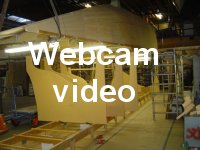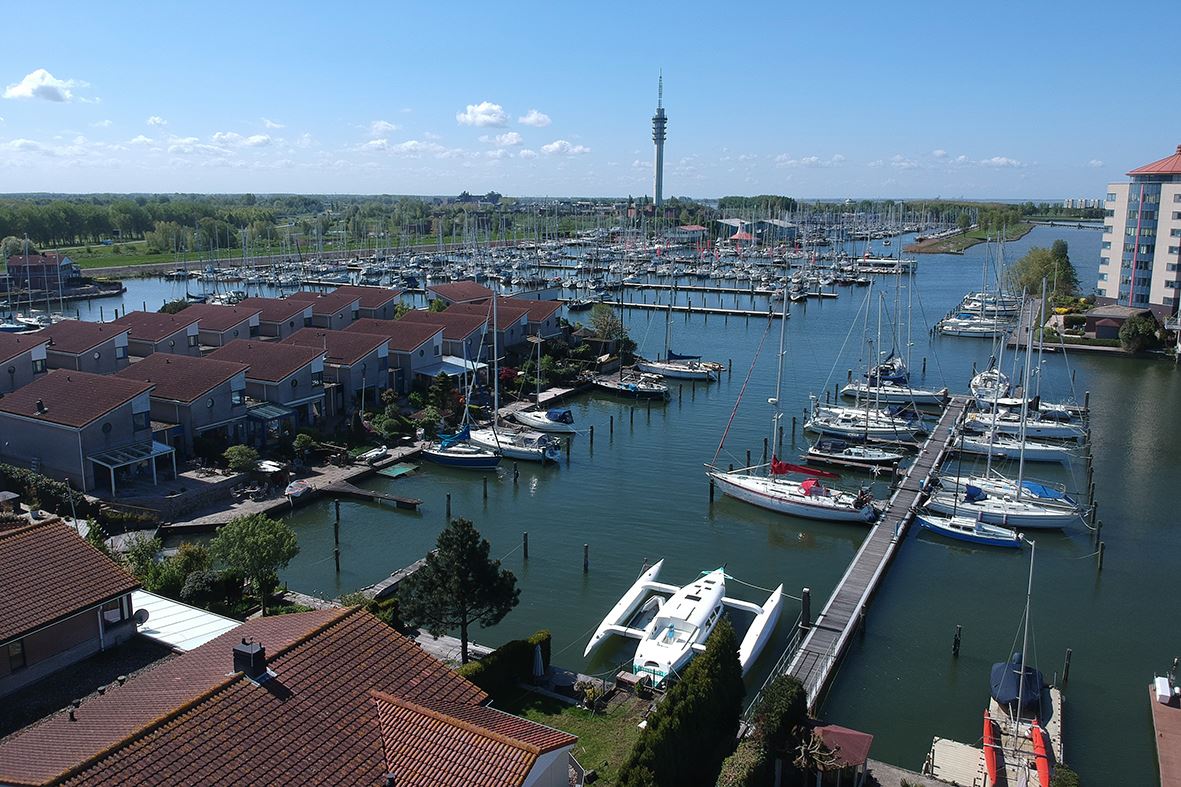Constant velocity or CV joints are one of those marvels of modern engineering that are exceedingly simple yet brilliant. Known in the engineering world as a “homokinetic” (meaning “same motion”) joint, CV joints are also used in many industries and in the field of transportation
The propeller shaft is aligned to an thrust bearing, which absorbs the propeller thrust. A CV shaft transmits engine power to the thrust bearing and propeller shaft. The CV shaft automatically adjusts to changes in the alignment between engine and thrust bearing and allows engine movements in every direction.

The primary mission is to support high axial and radial loads while transmitting rotational energy. This means a thrust bearing supports the fore and aft or axial thrust from the propeller, as well as the spinning loads imparted by the rotating shaft, while allowing the shaft to spin with minimal friction.
This way the engine’s motor mounts are no longer compressed by propeller thrust, and, as such, they can be designed much differently than those used for vibration isolation as well as transmission of thrust. Motor mounts that are used in conjunction with thrust bearing systems may be especially “soft,” which means they are considerably more effective when it comes to absorbing engine vibration. So, by isolating the engine from the rest of the boat, noise and vibration are greatly reduced.

In combination with the two speed (overdrive) Gori prop I hope with this system to have minimized the engine vibrations. By the way, the Gori prop has arrived. Click in the above picture to see the trial fit.
52.536130
5.444909



 Posted by Fram
Posted by Fram 





